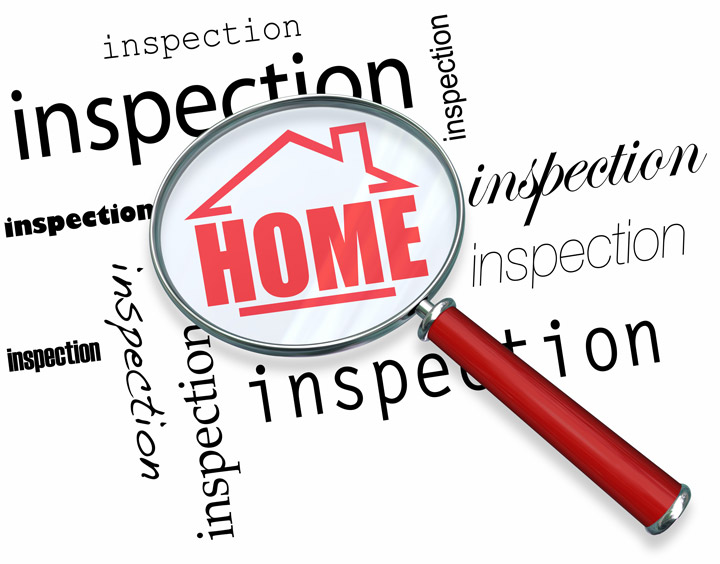
What Is an Appraisal?
Buying a home is one of the biggest financial decisions most people will ever make. Whether it is your primary residence, a second home, or an investment property, the process involves many people working together to make the deal happen. You likely know the key players. A real estate agent helps you find the property and negotiate the terms. A mortgage lender provides the funds to make the purchase possible. A title company makes sure everything is legally in place so the ownership can transfer from the seller to you. But one role often goes overlooked: The Appraiser. An appraisal is an independent opinion of a property’s value. It gives the lender and buyer confidence that the home is worth the agreed-upon price. It also helps protect you from overpaying. Appraisers look at the property itself, recent sales in the area, and market trends to determine a fair and supportable value. At 2055 Appraisals, we provide residential appraisals that are accurate, timely, and easy to understand. If you are part of a real estate transaction, we are here to help you move forward with confidence.
So, who makes sure the price is right? That is where the appraiser comes in. Our job is to provide an independent, unbiased opinion of what the property is truly worth. We look at the home, the local market, and recent sales to help determine a fair value, what a buyer might reasonably pay and what a seller might expect to receive when both sides are well-informed. When you work with 2055 Appraisals, a licensed and certified appraiser will make sure you have the information you need to move forward with confidence. Inspecting the subject property
When you order an appraisal through 2055 Appraisals, the first step is an in-person inspection of the property. This is how we confirm key details that affect the home's value. We look at the number of bedrooms and bathrooms, the overall layout, condition, location, and any features that would matter to a typical buyer. This includes things like updates, additions, or signs of damage. We also create a sketch of the floor plan to confirm the square footage and show how the home is arranged. The goal is to see what is really there, not just what is on paper and to understand how the home compares to others in the area. After the inspection, we use industry-standard methods to determine a fair value. This usually includes comparing the property to recent sales of similar homes. If the property is being rented or is part of an income-producing portfolio, we may also apply an income approach to estimate value based on rental income. In every case, our job is to deliver an accurate, unbiased opinion of value that you can trust.

Understanding the Cost Approach
The cost approach estimates how much it would take to rebuild the property today with similar materials and design. This includes local construction costs, labor rates, and the cost of land. It helps answer the question, “What would it cost to replace this home if it were built from the ground up?” This method is often used for new construction or unique properties but is typically the least relied upon when estimating market value. That is because buyers usually base their decisions on comparable sales, not replacement cost. Still, when relevant, the cost approach offers helpful perspective on value and supports a well-rounded appraisal. 
How Comparable Sales Help Determine Value
One of the most important ways we determine a home’s value is by looking at recent sales of similar properties in the same area. This method is called a paired sales analysis or sales comparison approach. We start by identifying homes that recently sold and share key features with the one we are appraising. These are called comparables. From there, we make adjustments based on what each home does or does not have. For example, if a comparable home has a storm shelter and the subject property does not, we subtract the estimated value of that feature. If the subject has an extra half bath and the comparable does not, we add value to account for that difference. This helps create a level playing field so we can see what your property would likely sell for under current market conditions. At 2055 Appraisals, we know what buyers in this area value most, from upgraded kitchens and flooring to porches and storage space. This approach is especially important when the appraisal is being used for a home purchase, and in most cases, it carries the most weight in the final opinion of value.
Valuing Rental Properties with the Income Approach
When a property generates rental income, like a single-family rental or a small investment property, the income approach may be used to help determine its value. This method looks at how much income the property brings in and compares it to similar income-producing properties in the area. We consider rent amounts, vacancy rates, and operating expenses to estimate what an investor would likely pay for that property today based on its income potential. This approach is most useful when the primary purpose of the property is to generate rental income and helps ensure the valuation reflects its return on investment. The Bottom Line
After reviewing all the relevant data, the appraiser provides an estimated market value for the property. This value reflects what the home is likely worth based on current conditions, recent sales, and the property's specific features. While this number is often the most accurate reflection of a home's value, it may not always match the final sale price. Factors like bidding wars, seller urgency, or special terms can shift the final amount up or down. Even so, the appraised value plays a key role in protecting buyers and lenders. It helps prevent overpaying and gives lenders a clear understanding of how much the property could reasonably sell for if it needed to go back on the market. At 2055 Appraisals, our goal is simple, give you a fair, well-supported value so you can make confident real estate decisions. |